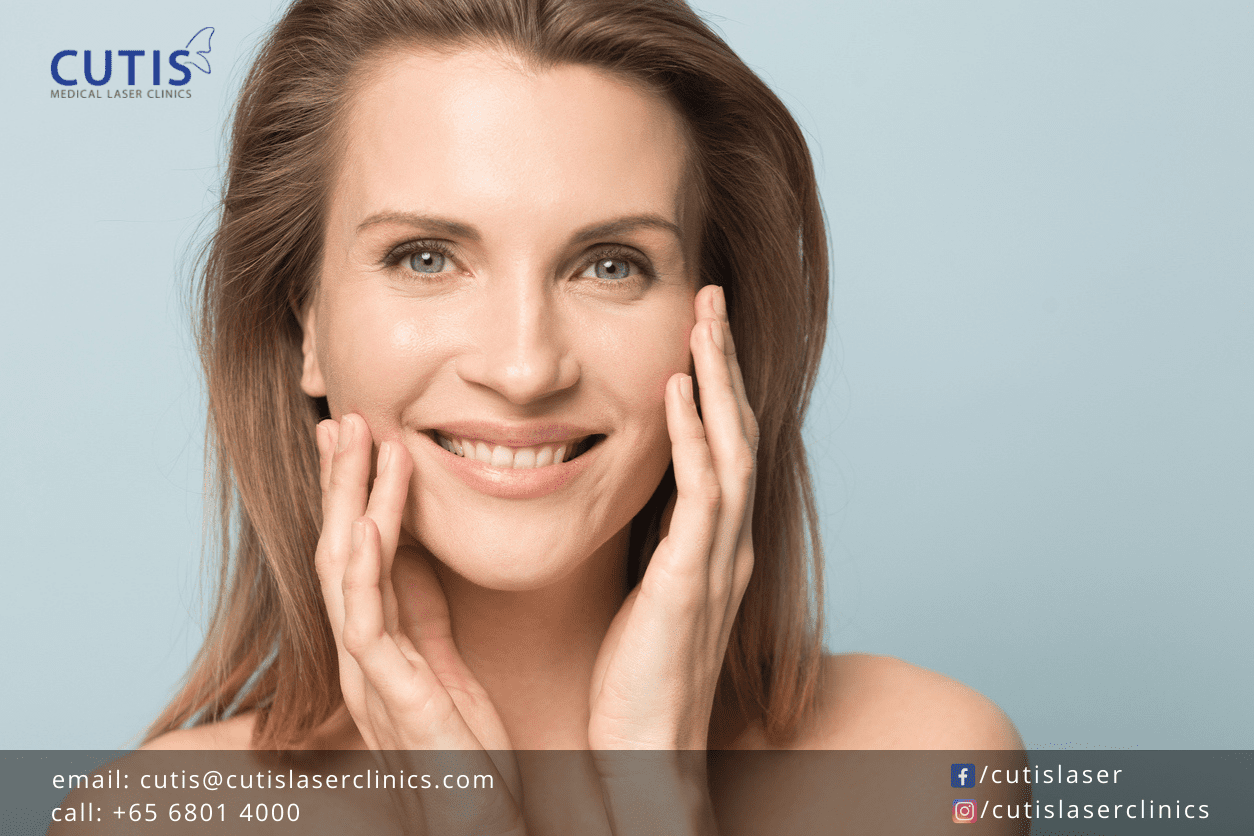 As we age, our skin naturally changes due to decreased collagen and elastin production. We also lose fat pads, soft tissue, and bone, which can lead to flatter cheeks or a less defined jawline. And then there are also environmental factors like pollution and UV exposure, which can accelerate visible skin aging.
As we age, our skin naturally changes due to decreased collagen and elastin production. We also lose fat pads, soft tissue, and bone, which can lead to flatter cheeks or a less defined jawline. And then there are also environmental factors like pollution and UV exposure, which can accelerate visible skin aging.
While we can’t really turn back the clock on aging, certain skincare products claim to address or improve its signs. It is true that some do more than others, but there are also a lot of myths on what works and what doesn’t, as well as how you should use such products. Continue reading as we debunk 4 anti-aging skin care myths.
1. Expensive products produce better results.
You don’t always have to break the bank to get clear and glowing skin. A higher price tag doesn’t necessarily make the product more effective; its ingredients are what matter most. If you, for instance, are concerned about lines and wrinkles, retinoids are one of the most studied ingredients that can reduce their appearance.
There are, however, certain skincare ingredients that tend to be pricier than others. This is especially true for peptides, which can diminish the look of lines, lock in hydration, and strengthen your skin barrier. Investing in a peptide-infused skincare product is worth considering if you want firmer or younger-looking skin.
We recommend Dr. Sylvia Skin Care Multi Peptide Essence Serum. This medical formulation contains clinically proven ingredients that can help fight visible signs of aging. It can firm and smooth the skin, as well as reduce the appearance of fine lines and wrinkles.
Preventative skin care is also beneficial in maintaining a glowing and youthful appearance as you age. The daily use of broad-spectrum sunscreen and moisturizer, for instance, can benefit you in the long run or even help you avoid unnecessary or expensive treatments later in life.
2. You can stop using the product once you see results.
If you found an anti-aging product that works for you, don’t stop using it once you’ve seen the results you want. You can’t expect to continuously enjoy glowing and more youthful skin if you ditch your products sooner. Some anti-aging ingredients are also meant to be used for the long term.
It is also important to be patient when trying on a product or skincare routine. Don’t be disheartened or give up if you’re seeing results after just a few weeks. It will take about 4 to 6 weeks to show improvement in your skin, but you need to keep using it in the next few months to see positive changes or results.
Do take note that there are also cases where you notice side effects on your skin, including redness and dryness. This can happen as your skin acclimates to the new routine or skincare products.
3. The more anti-aging products you use, the better.
More is not always better. Slathering on different creams and serums doesn’t necessarily guarantee that you’ll get all that the products are claiming. There is also a higher risk of irritation, as using multiple products means applying different chemicals and active ingredients all at once.
The same is also true for applying more than the recommended amount. Applying more or generously doesn’t always translate to faster results. The truth is it may actually end up being counterproductive, as it can lead to dryness and irritation. It can also make your skin red or more sensitive.
Check out our previous post and find out why less is more in skin care.
4. Anti-aging products can irritate your skin.
There is some truth to this, as certain skincare products can make your skin red, flaky, or more sensitive. Many anti-aging products also contain exfoliating ingredients, which are beneficial in removing old, flaky skin cells from the surface. It is recommended to start slowly to allow your skin to acclimate to any of its effects.
For more skincare tips and product recommendations, browse through our website today. You can also contact Cutis Medical Laser Clinics in Singapore today and schedule a consultation with our aesthetic doctor to learn more about our non-surgical aesthetic procedures.
- If you would like to be an informed patient, please contact us at +65-6801-4000 or
hello@cutislaserclinics.com. - Cutis Medical Laser Clinics, 9 Scotts Road Pacific Plaza, Scotts Medical Center #08-07, Singapore – 228210
+65-6801-4000 - hello@cutislaserclinics.com
